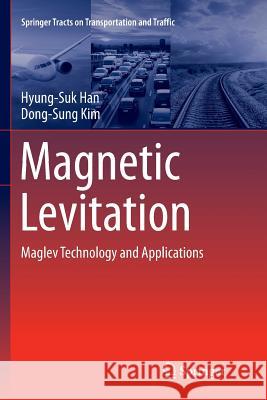Magnetic Levitation: Maglev Technology and Applications » książka
topmenu
Magnetic Levitation: Maglev Technology and Applications
ISBN-13: 9789402413694 / Angielski / Miękka / 2018 / 247 str.
Kategorie:
Kategorie BISAC:
Wydawca:
Springer
Seria wydawnicza:
Język:
Angielski
ISBN-13:
9789402413694
Rok wydania:
2018
Wydanie:
Softcover Repri
Ilość stron:
247
Waga:
0.36 kg
Wymiary:
23.39 x 15.6 x 1.4
Oprawa:
Miękka
Wolumenów:
01
Dodatkowe informacje:
Wydanie ilustrowane











